Subnational Diplomacy
Return to article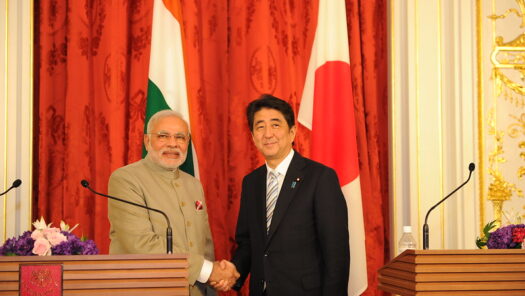
Indo-Japanese Paradiplomacy Bolsters Indo-Pacific Ties, But Can Go Further
India’s great friend and former Prime Minister of Japan, Shinzo Abe, envisaged a “Broader Asia” composed of the Indian and the Pacific Oceans. As a part of this vision, Japan is the fifth-largest investor and source of Foreign Direct Investment…

Trade In The New Indo-Pacific: Moving Towards Gender Inclusivity and Openness
As countries in the Indo-Pacific progress towards rebuilding the region’s economy in the wake of the COVID-19 pandemic, it is vital to lay a foundation for a more equitable and sustainable future. The global economy suffers in entirety when women…
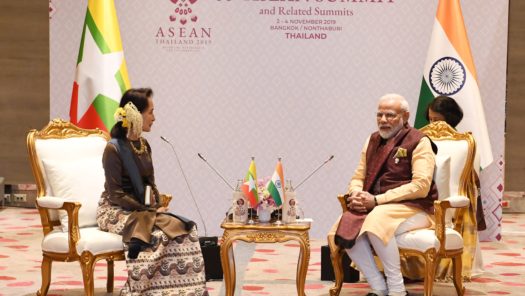
India’s Approach to the Myanmar Crisis and Public Diplomacy
Since the military seized power earlier in February, Myanmar has been weathering unprecedented turmoil. The military junta’s violent crackdown on public pro-democracy protests has claimed more than 1100 lives. Despite the crisis attracting global attention and calls for international intervention,…
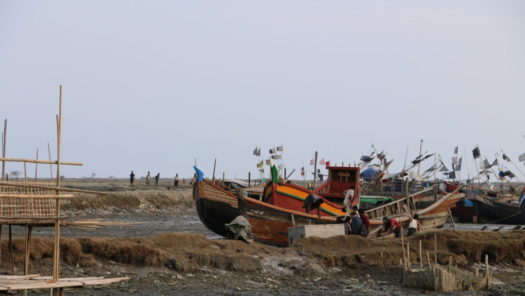
روہنگیا قوم کی ہجرت: جنوبی ایشیا کی حالت زار
و ۱۹ویں صدی کے وسط سے میانمار میں بار بار پھوٹنے والی دشمنی اور تشدد نے روہنگیا پناہ گزینوں کی بڑی تعداد کو پڑوسی ممالک میں پناہ لینے پر مجبور کیا ہے۔ اگست ۲۰۱۷ میں مسلم شورش پسندوں کی جانب…
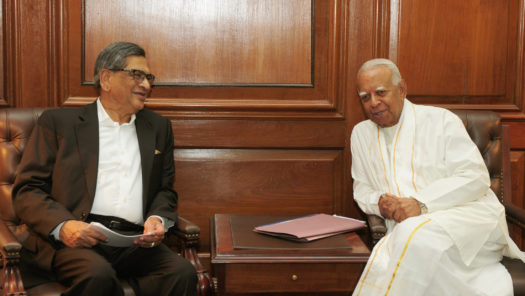
Tamil Nadu’s Effect on India-Sri Lanka Subnational Diplomacy
Bilateral relations between Sri Lanka and India can be traced back centuries with the Mahavamsa and Deepavamsa chronicles detailing Prince Vijaya’s arrival in Sri Lanka after banishment from India, invasions by South Indian kingdoms, and the arrival of Buddhism in…
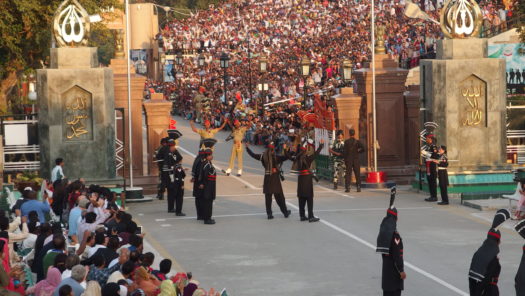
Challenges to Subnational Diplomacy: The Tangled Roots of Punjab
Since the partition of Punjab—a consequence of the wider India-Pakistan partition in 1947—the “Land of Five Waters” has been the focal point of a war-inducing water dispute and widespread bloodshed. Conservative estimates put the death toll within Punjab during the…